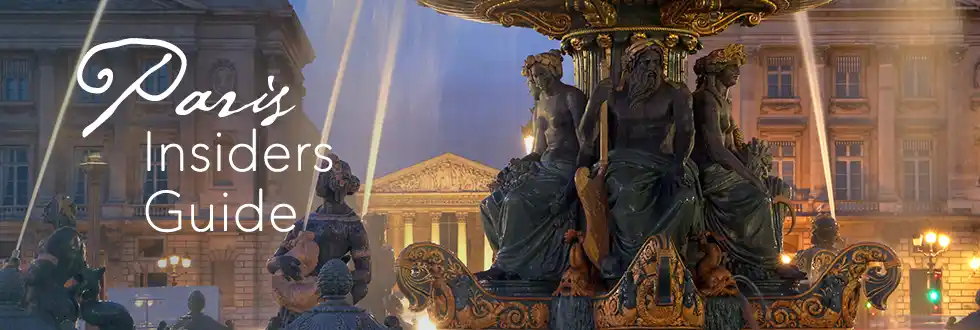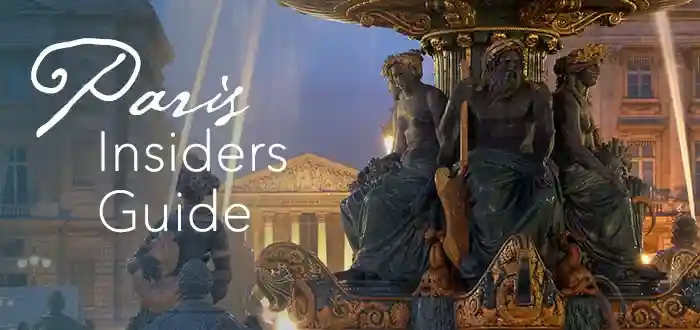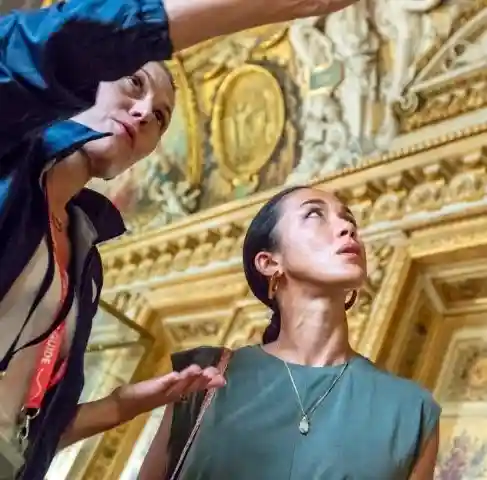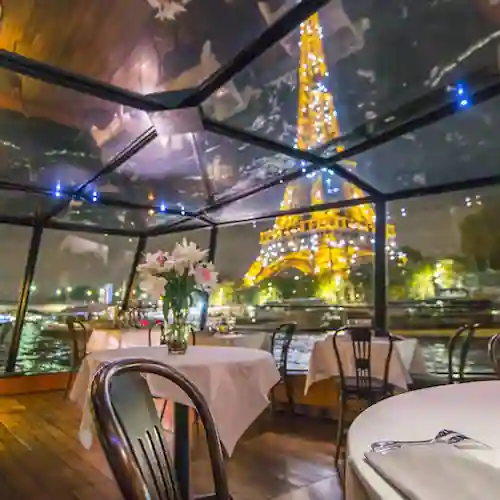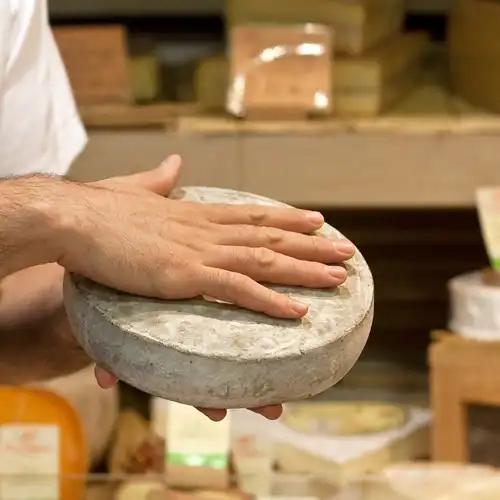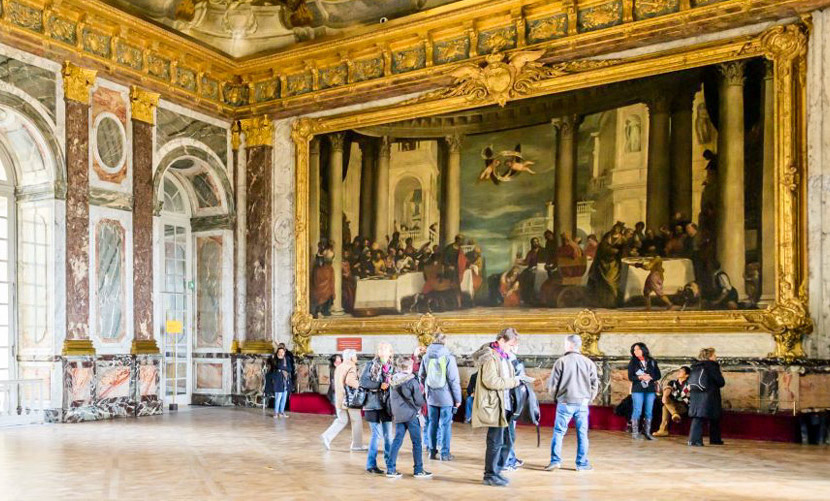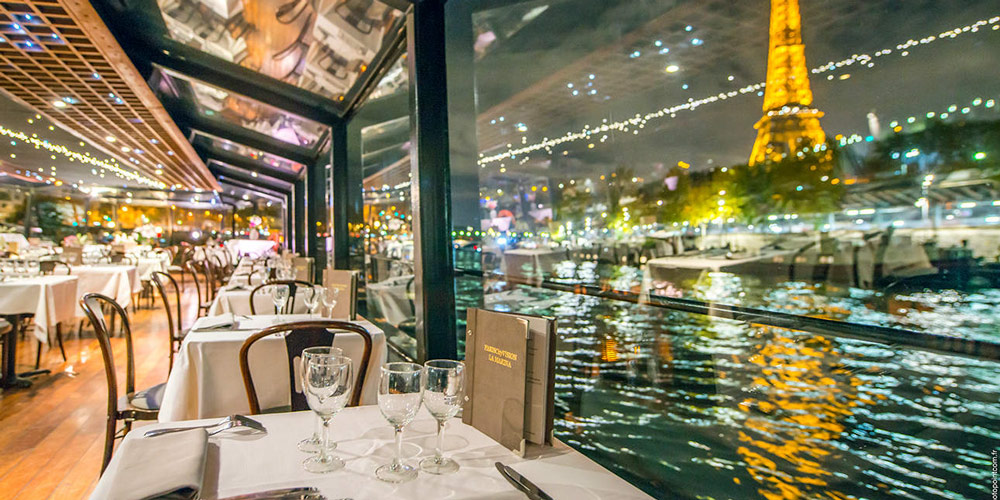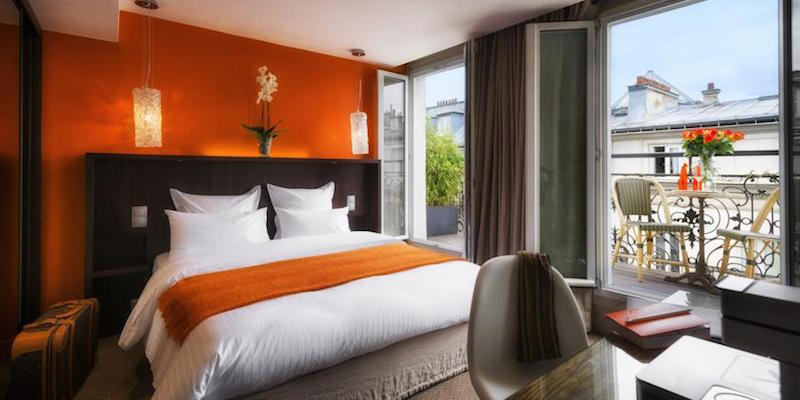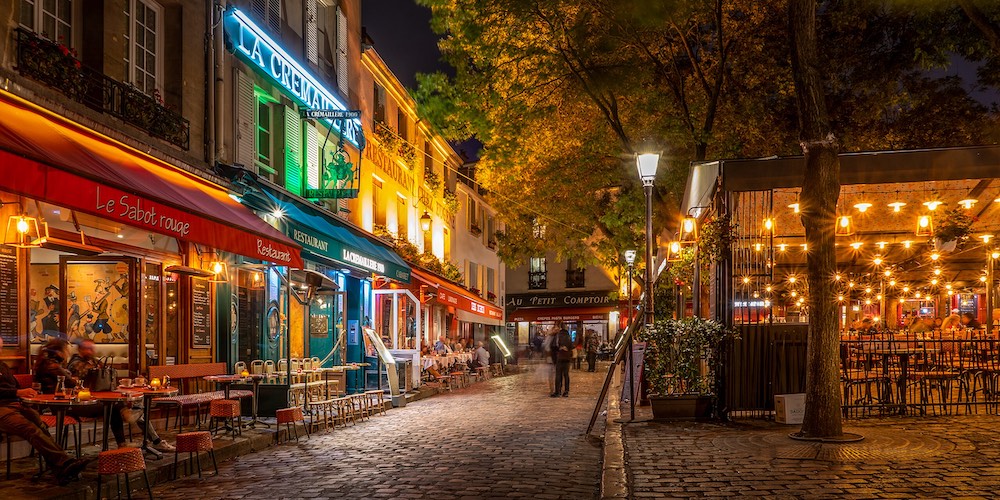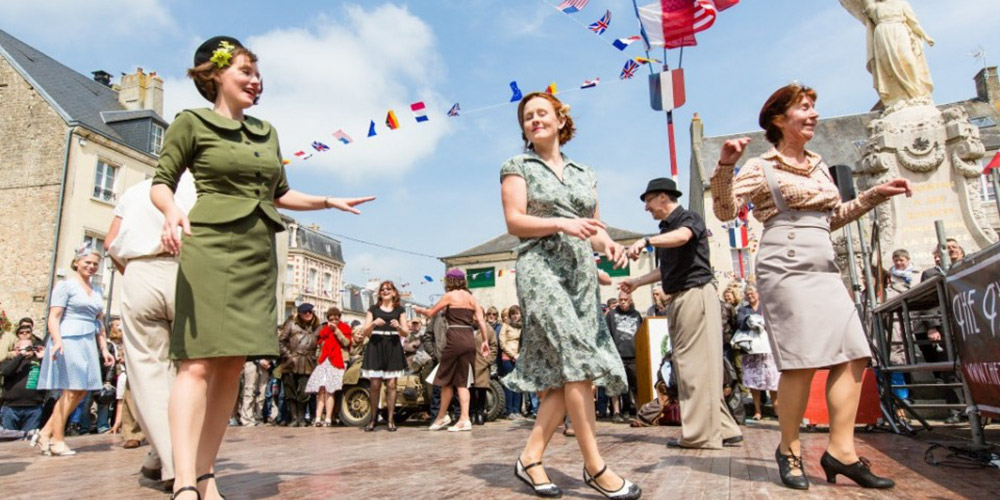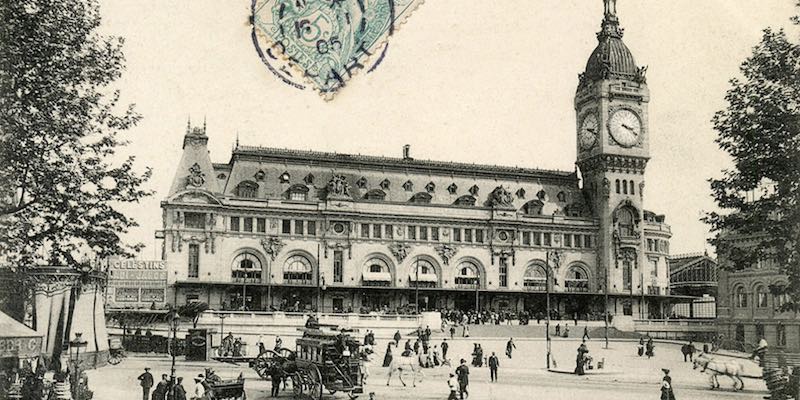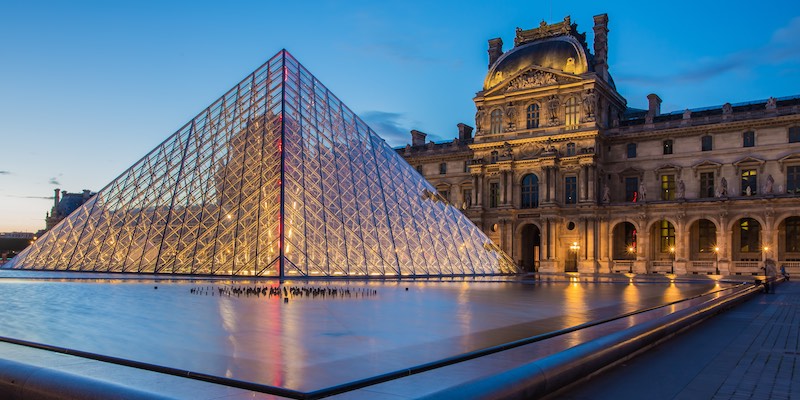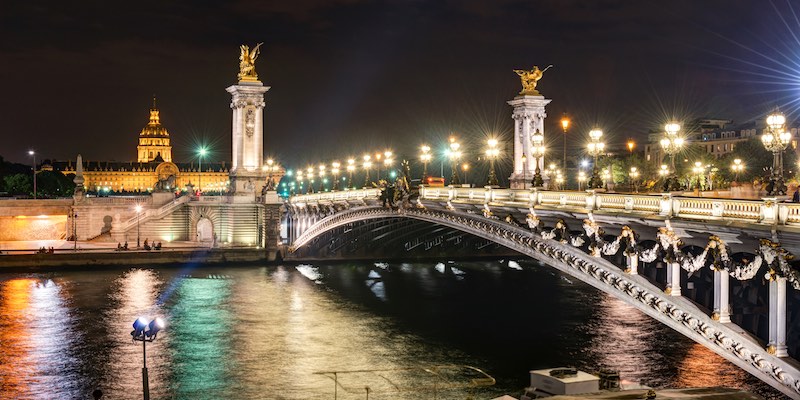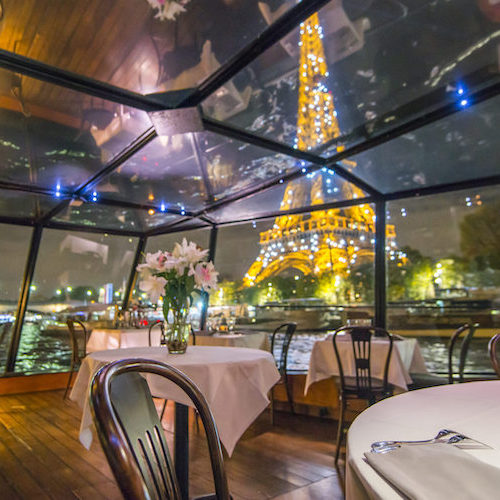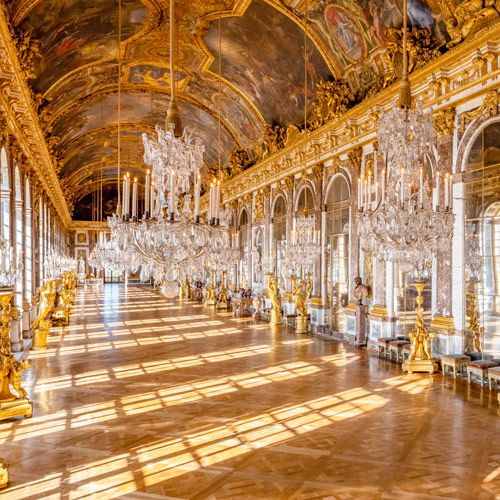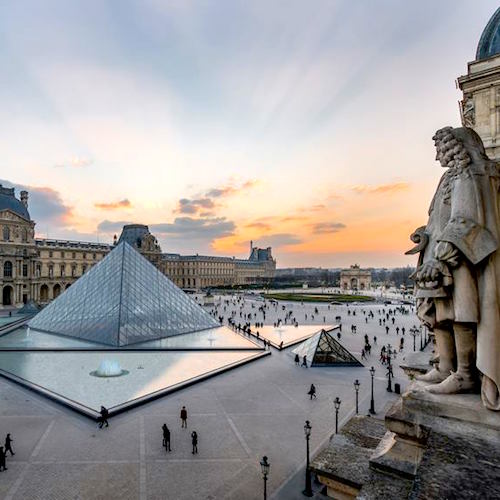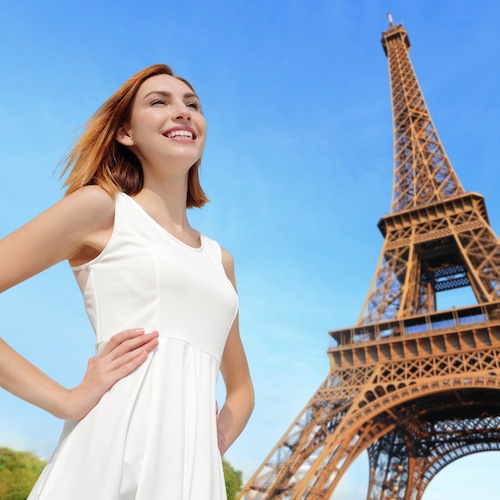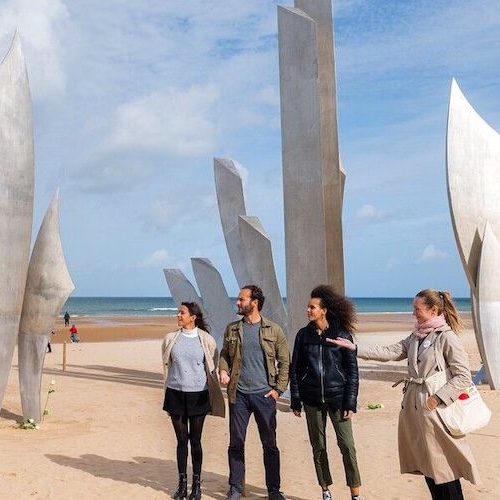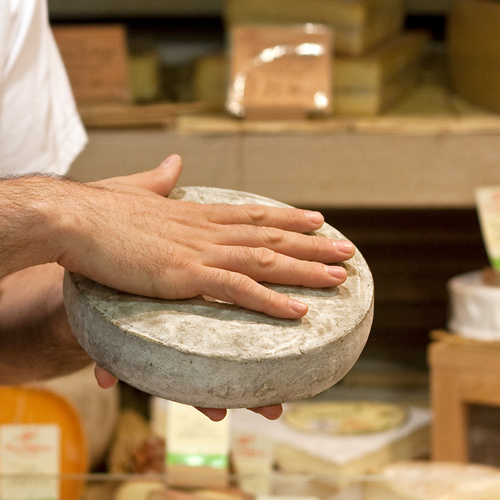19 Amazing Things That Shaped The Paris Exposition Of 1900
The Paris Exposition of 1900 — Paris Exposition Universelle — introduced marvels that would shape the future as they ushered in the dawn of the twentieth century. The world's fair was visited by an astounding fifty million visitors and featured flying machines, plus other inventions and architecture that would mark the new century. But most importantly, it secured Paris' reputation as a leading city of the modern age, showing the world that it was in the forefront of technological innovation with the Metro, Gare de Lyon, and the Pont d'Alexandre III. Here are nineteen highlights.
![]()
Our Top-Rated Paris Experiences
1. 543 Acres of Fairgrounds
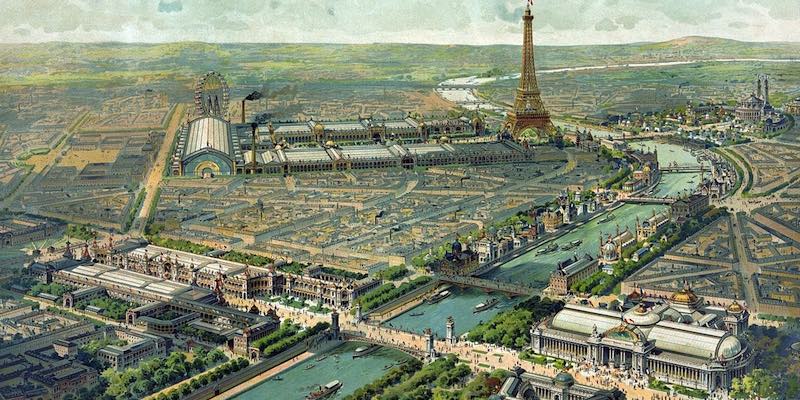 543 acres of fair, note the yellow Eiffel Tower
543 acres of fair, note the yellow Eiffel Tower
The fairgrounds of the 1900 Exposition Universelle were the biggest in history, spanning 543 acres with the prime locations at the Champ de Mars, the Trocadero, the Esplanade des Invalides, and along the banks of Seine.
2. Campbell's Soup
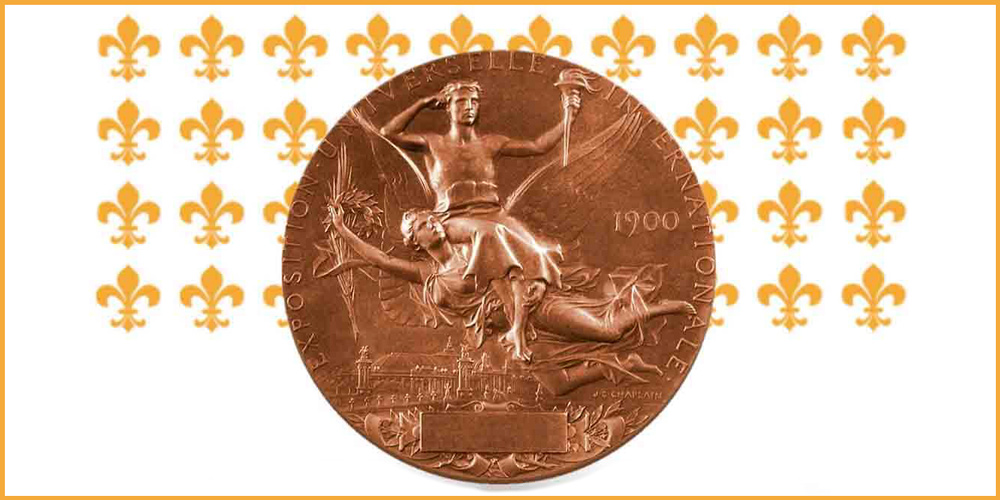 Gold medal won by Campbell's Soup
Gold medal won by Campbell's Soup
Campbell's Soup was awarded a gold medal for excellence. The medallion still appears on many of their labels, like this one. The iconic label, by the way, was designed in the 1870s by the son of the company's founder.
![]()
|
Paris Dinner Cruises on the Seine Dine in style as you glide past the Eiffel Tower, Notre-Dame, and the Louvre on a magical Seine River cruise. Gourmet food, champagne, and Paris lit up at night – it’s unforgettable. |
|
Paris Dinner Cruises on the Seine Dine in style as you glide past the Eiffel Tower, Notre-Dame, and the Louvre on a magical Seine River cruise. Gourmet food, champagne, and Paris lit up at night – it’s unforgettable. |
3. Panoramas
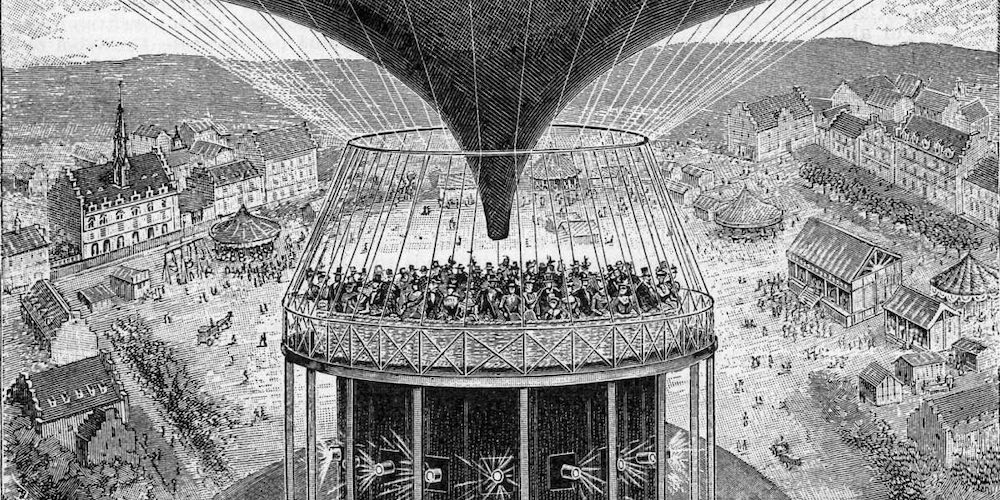 Cinéorama, preceding Disney by a half century
Cinéorama, preceding Disney by a half century
It was the year of Rama-Mania, with panorama presentations like Cinéorama, Mareorama, and Trans-Siberian Railway Panorama taking the Paris Expo by storm. Cinéorama, a clever union of panoramic paintings and cinema, simulated a hot air balloon ride over Paris. It was a short run, however — expo organizers worried that the excessive heat would cause a fire. Cinéorama was never used again but in 1955 Disney launched a 2.0 version called Circle-Vision 360° and it's still used today.
4. National Pavilions
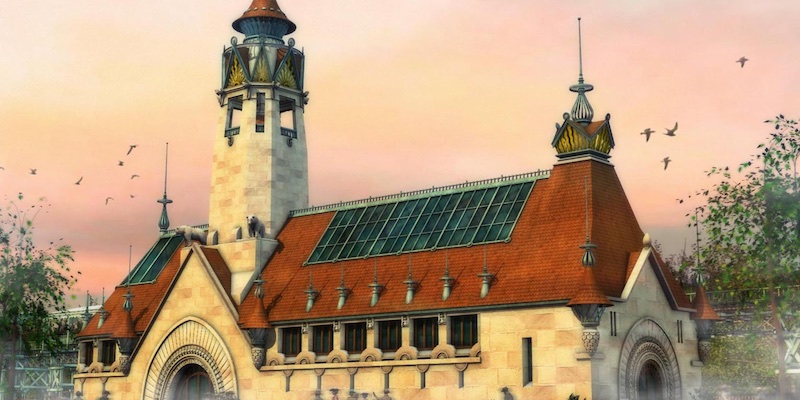 Finnish National Pavilion 1900
Finnish National Pavilion 1900
Forty-seven countries from around the world designed and constructed their unique national pavilions. The British modeled theirs after an aristocratic castle; the German pavilion resembled a beer-hall; Finland had the most revolutionary exhibit with a clean and simple design (illustration above); and Sweden's bright yellow and red pavilion was a crowd favorite.
![]()
|
Escape to the Land of Bubbly on a small-group day tour from Paris. Taste at top Champagne houses, meet boutique producers, enjoy a leisurely lunch, and toast to a perfectly sparkling day. |
|
Escape to the Land of Bubbly on a small-group day tour from Paris. Taste at top Champagne houses, meet boutique producers, enjoy a leisurely lunch, and toast to a perfectly sparkling day. |
5. The Yellow Eiffel Tower
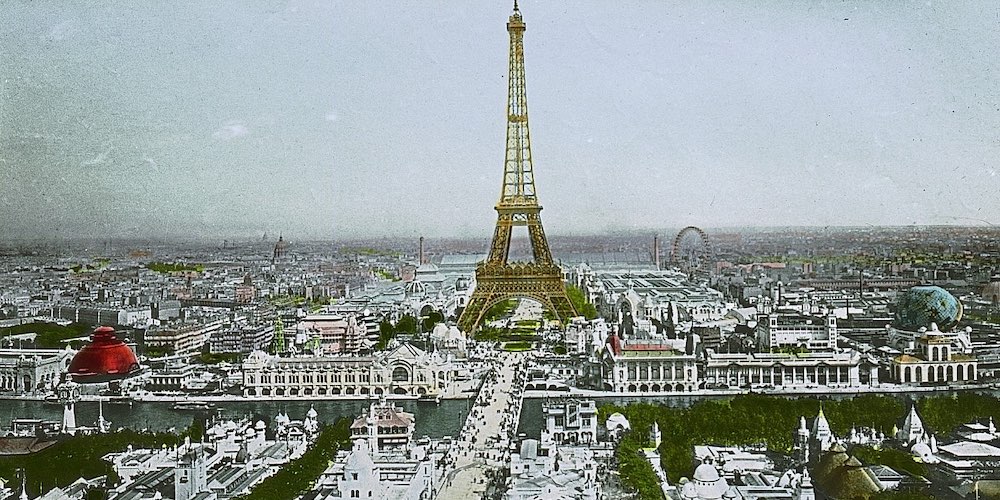 Aerial photo of The Eiffel Tower at the 1900 Exposition
Aerial photo of The Eiffel Tower at the 1900 Exposition
Although the Eiffel Tower has been painted at least eighteen different times since it was built, the only time it was painted a bright golden-yellow was in 1900.
6. The Banquet of Mayors
Huge ceremonies took place throughout the period of the exposition. One of the biggest was the Banquet des Maires. 606 tables were set up in tents among the Tuileries Gardens where every mayor from every town and village in France — 20,777 of them — sat down together to feast. Waiters in automobiles rattled up and down the aisles delivering wines and the multi-course dishes.
![]()
|
Browse our hand-picked Paris hotel deals with real-time discounts of up to 20%. Stay in the Marais, Saint Germain, the Latin Quarter, the Left Bank near the Eiffel Tower… every arrondissement is on the list. |
|
Browse our hand-picked Paris hotel deals with real-time discounts of up to 20%. Stay in the Marais, Saint Germain, the Latin Quarter, the Left Bank near the Eiffel Tower… every arrondissement is on the list. |
7. Palais de l'Électrique
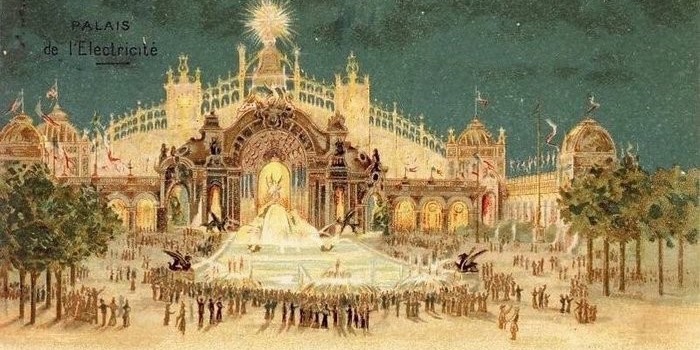
The Palace of Electricity was fitted with five thousand multi-coloured incandescent lamps. It was a glowing beacon of light and quickly became the heart of the fair and one of the most loved exhibits.
8. Talking Pictures
In 1900 the Paris Exposition featured a first in cinema history. Short opera and ballet films were projected that not only had moving images, but sound as well. Although it would take a few more decades to perfect the talking picture, the technology premiered here.
9. Trottoirs Roulants
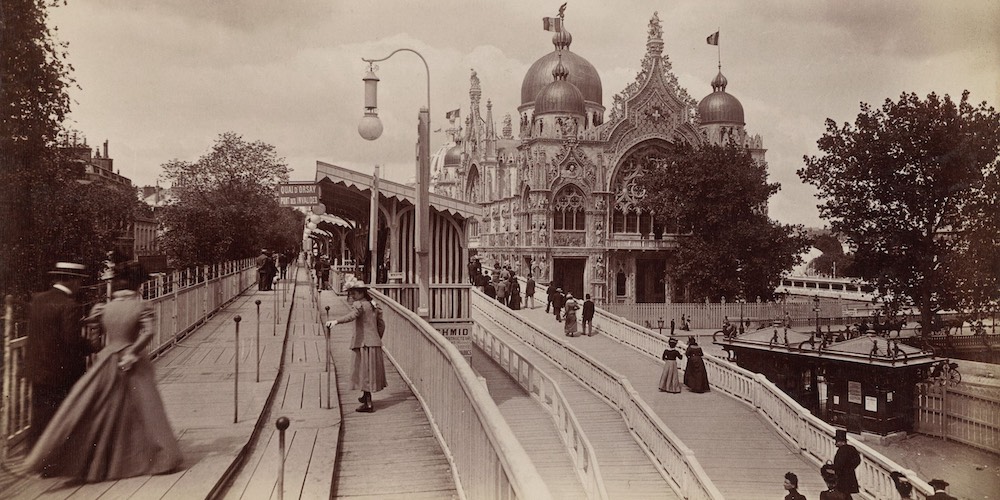
Moving sidewalk at the Italian Pavilion Visitors traveled by moving sidewalk — trottoirs roulants — and were able to choose a lane to get to the Palais Trocadero atop the hill of Chaillot — fast, medium, or slow. (By the way, the current buildings at Trocadero date from the 1937 Universal Exposition.)
![]()
Our Top-Rated Paris Experiences
10. The Brand-New Paris Metro
 The Paris Metro in 19010
The Paris Metro in 19010
The opening of the new Metropolitan underground railway — The Paris Metro — was inaugurated on July 14, 1900. An engineer named Fulgence Bienvenue, known as Le Pere du Metro, started work on the ambitious plan in 1896. His Metro has been praised as "worthy of the Romans".
11. Matryoshkas
Bet you thought those Russian nesting dolls, called matryoshka, are a traditional part of Slavic culture. But, no, they were only introduced in 1900 at the expo. The first Russian doll set wasn't even designed until 1890 and later presented in Paris, where it earned a bronze medal.
12. Olympic Games
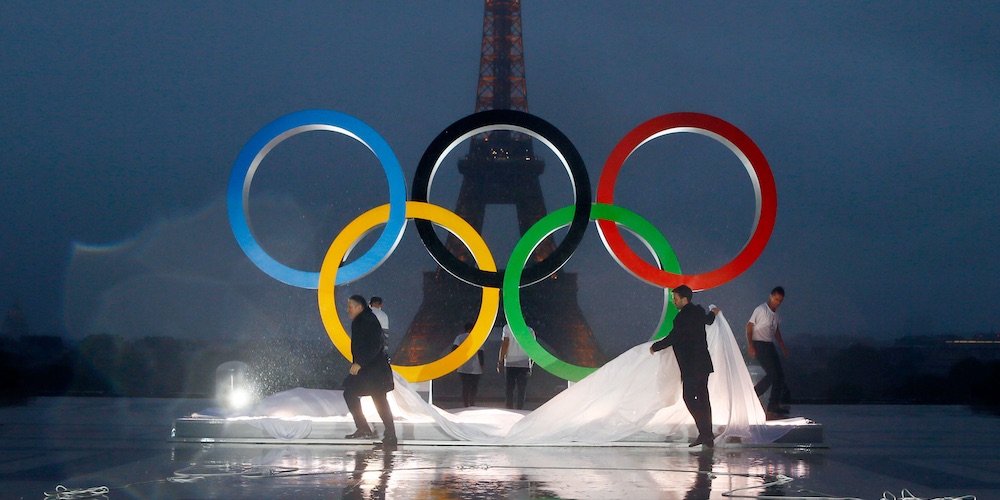 The Olympics are back in Paris in 2024
The Olympics are back in Paris in 2024
The first Olympic Games outside of Greece were also part of the Paris Exposition of 1900. Most of events took place at the Bois de Vincennes, the big expanse of parkland on the eastern side of the city. The velodrome, still found there today, with seating for forty thousand, was built specifically for the cycling events. Did you know that women's croquet was an Olympic event back then, and 1900 was the first time women competed at the Olympics? You could also have seen the Jai Alai events and polo and even tug of war!
![]()
|
Hidden Montmartre Walking Tour Wander cobblestone lanes and secret corners of Montmartre with a local guide. See artists' haunts, tucked-away vineyards, and the Paris neighborhood that still feels like a village. |
|
Hidden Montmartre Walking Tour Wander cobblestone lanes and secret corners of Montmartre with a local guide. See artists' haunts, tucked-away vineyards, and the Paris neighborhood that still feels like a village. |
13. Grande & Petit Palais
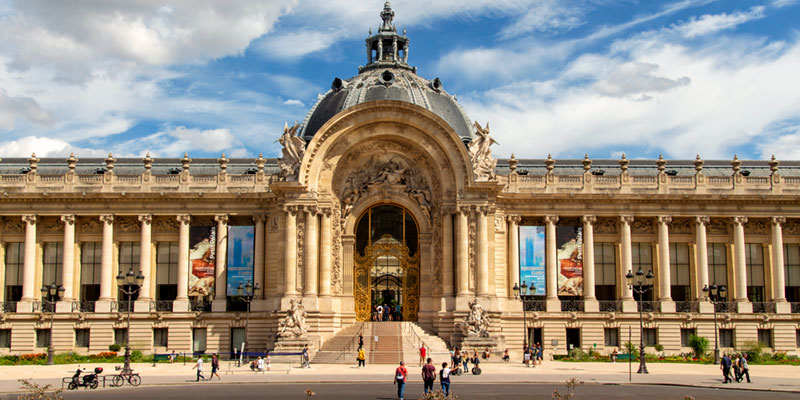
Although most of the expo buildings were demolished after the the exposition, a few have endured the test of time, including the Grand Palais and the Petit Palais. Today, the Petit Palais is the permanent location for Beaux Arts museum of the city of Paris. Across the street, the Grand Palais' iron and glass structure is used for many civic and art events.
14. Diesel
German engineer Rudolf Diesel's invention, debuted at the Paris Exposition 1900, would change the world. His engine (named… you know) was demonstrated running on peanut oil. By 1939 diesel power fueled a quarter of the global sea trade. Diesel himself wouldn't live to see it. He mysteriously disappeared in 1913 from a steam ship somewhere in the North Seas as he was heading to a meeting in London.
15. Other Paris Expos
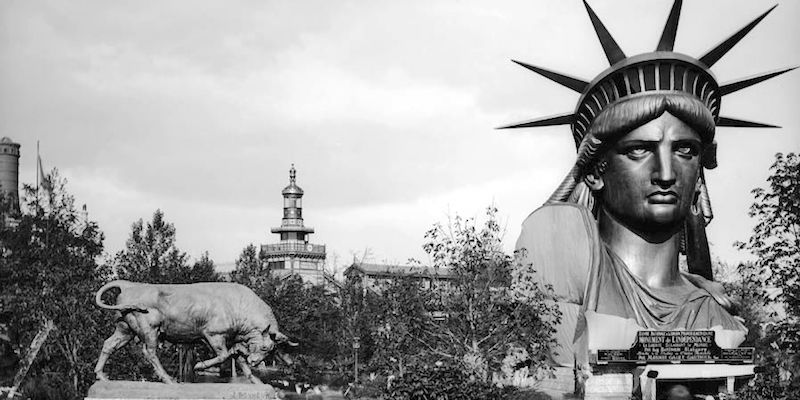 The actual head of the Statue of Liberty on display at the 1878 expo
The actual head of the Statue of Liberty on display at the 1878 expo
Paris was crazy for expos in the 19th century. Other Paris Expositions Universelles happened in 1855, 1867, 1878, and 1889. The Eiffel Tower made its debut at the 1889 event.
![]()
|
D-Day Beaches Day Trip from Paris Take a powerful day trip from Paris to Normandy’s D-Day beaches. Walk the sands; visit key landing sites, museums, and cemeteries; and honor the heroes who changed the course of history. |
|
D-Day Beaches Day Trip from Paris Take a powerful day trip from Paris to Normandy’s D-Day beaches. Walk the sands; visit key landing sites, museums, and cemeteries; and honor the heroes who changed the course of history. |
16. Gare de Lyon
Another Belle Epoque wonder, the Gare de Lyon, was built in the 12th Arrondissement for the world exposition. Its restaurant, Le Train Bleu, is still open. Today, Gare de Lyon is one of Paris' busiest train stations.
17. Art Nouveau
Art nouveau was everywhere at the Paris Exposition in 1900. René Lalique displayed his decadent jewelry in the Decorative Arts display. He was also named officer of the French Legion d'Honneur in that same year. Other Art Nouveau artists at the expo were Gaillard, Guimard, and Charpentier.
18. Auguste Rodin Solo Pavilion
The sculptor Auguste Rodin (1840 to 1917) also made a name for himself at the 1900 World's Fair. The Gates of Hell, his first official French government commission, debuted in a pavilion dedicated solely to him and filled with his sculptures.
![]()
|
Skip the long lines and dive into the Louvre’s greatest hits — the Mona Lisa, Venus de Milo, and more — on a guided tour that shows you the treasures without the museum overload. |
|
Skip the long lines and dive into the Louvre’s greatest hits — the Mona Lisa, Venus de Milo, and more — on a guided tour that shows you the treasures without the museum overload. |
19. Pont Alexandre III
The beautifully ornate Pont Alexandre III opened on April 14, 1900. This Beaux-Arts-style bridge with its Art Nouveau lamps, winged horses and cherubs, spans the Seine connecting the Champs-Elysées to the Invalides and then the Eiffel Tower. It's considered an engineering triumph and is classified as a French historic monument.
Paris Planning Guides
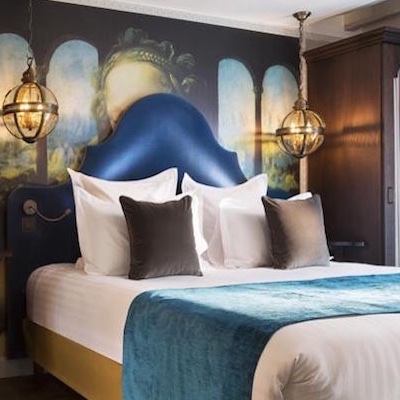 Left Bank Hotels
Left Bank Hotels |
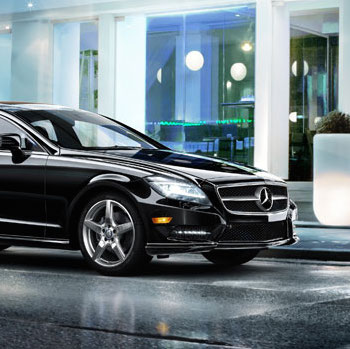 Book an Airport Transfer
Book an Airport Transfer |
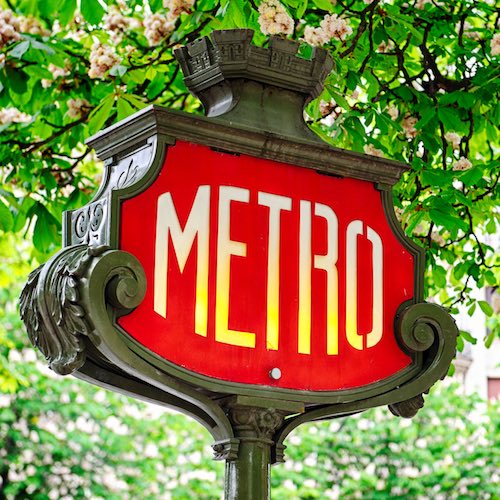 Paris Metro Guide
Paris Metro Guide |
 VIP to Champagne
VIP to Champagne |
